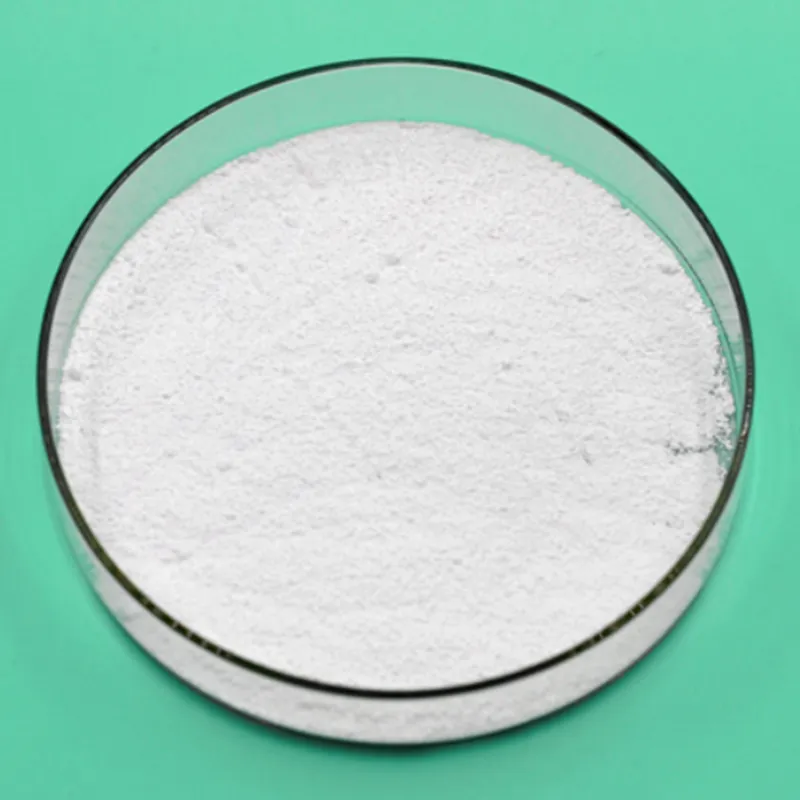
Understanding the Role of Titanium Dioxide in Food Additives and Its Safety Concerns
Titanium Dioxide as a Food Additive Implications and Considerations
Titanium dioxide (TiO2) is a white, inorganic pigment widely used in various industries, including food, cosmetics, and paints. In the food sector, it serves primarily as a color additive, providing brightness and opacity to food products. With its ability to enhance the visual appeal and stability of food items, titanium dioxide has become a common ingredient in many processed foods, confectioneries, and dairy products. However, its use has drawn attention and scrutiny regarding safety and health implications.
Uses of Titanium Dioxide in Food
Titanium dioxide is primarily used in food products to improve color and texture. It is often found in products like candies, baked goods, and dairy items, providing a bright white color that enhances overall presentation. The pigment is valued for its stability, resistance to fading, and lack of taste or smell, which makes it an ideal additive for a wide range of food applications. In the United States, titanium dioxide is designated as a Generally Recognized As Safe (GRAS) substance by the Food and Drug Administration (FDA), allowing its widespread use in food products.
Health Concerns and Regulatory Scrutiny
Recent studies have raised concerns about the potential health effects of titanium dioxide, especially in its nanoparticle form. While small amounts of the additive are generally considered safe, some research suggests that the ingestion of titanium dioxide nanoparticles may pose risks, including inflammation and potential genotoxic effects. These concerns have prompted regulatory bodies in various countries to reassess the safety of titanium dioxide. In 2021, the European Food Safety Authority (EFSA) concluded that titanium dioxide could no longer be considered safe as a food additive due to uncertainties about its genotoxicity and the potential accumulation in the body.
titanium dioxide food additive

As a response to these findings, the European Union moved towards banning the use of titanium dioxide as a food additive, leading manufacturers to seek alternatives and reformulate their products
. This ban reflects a growing trend among consumers and regulators who prioritize food safety and transparency.Consumer Awareness and Alternatives
As consumers become more aware of the potential issues surrounding food additives, there is an increasing demand for products without artificial substances, including titanium dioxide. Many brands are responding by reformulating their products to eliminate such ingredients and emphasize natural alternatives. Substitutes for titanium dioxide include natural colorants derived from fruits, vegetables, and spices, which can provide similar visual benefits without the associated health risks.
Moreover, increased transparency in food labeling has empowered consumers to make informed choices about the products they purchase. The rise of clean-label products, which avoid artificial additives and complex ingredients, reflects a shift toward more health-conscious eating habits.
Conclusion
While titanium dioxide has been a popular food additive due to its functional properties, ongoing research and regulatory developments highlight the importance of evaluating the safety of such substances in our food supply. As the conversation around health implications continues, both consumers and manufacturers must remain vigilant in seeking safer alternatives and promoting transparency in food production. The decision by regulatory bodies to reassess the status of titanium dioxide illustrates the dynamic nature of food safety regulation and the necessity for ongoing research into the implications of food additives on human health. Moving forward, the food industry will likely focus on balancing product appeal with consumer health, necessitating a careful examination of all ingredients used in food formulation.
-
The Safety Challenges of Ammonium Nitrate FertilizerNewsJun.26,2025
-
The Critical Role of Mining ChemicalsNewsJun.26,2025
-
Shelf Life of Glacial Acetic Acid Food GradeNewsJun.26,2025
-
Enhancing PVC Longevity with 1,2,3-Benzotriazole InnovationsNewsJun.26,2025
-
China’s Dominance in Food Additive ProductionNewsJun.26,2025
-
Can Aluminum Hydroxide Replace More Toxic Alternatives?NewsJun.26,2025
-
PE and PP Plastics with Benzotriazole AdditivesNewsJun.12,2025
Hebei Tenger Chemical Technology Co., Ltd. focuses on the chemical industry and is committed to the export service of chemical raw materials.
-

view more DiethanolisopropanolamineIn the ever-growing field of chemical solutions, diethanolisopropanolamine (DEIPA) stands out as a versatile and important compound. Due to its unique chemical structure and properties, DEIPA is of interest to various industries including construction, personal care, and agriculture. -

view more TriisopropanolamineTriisopropanolamine (TIPA) alkanol amine substance, is a kind of alcohol amine compound with amino and alcohol hydroxyl, and because of its molecules contains both amino and hydroxyl. -

view more Tetramethyl Thiuram DisulfideTetramethyl thiuram disulfide, also known as TMTD, is a white to light-yellow powder with a distinct sulfur-like odor. It is soluble in organic solvents such as benzene, acetone, and ethyl acetate, making it highly versatile for use in different formulations. TMTD is known for its excellent vulcanization acceleration properties, which makes it a key ingredient in the production of rubber products. Additionally, it acts as an effective fungicide and bactericide, making it valuable in agricultural applications. Its high purity and stability ensure consistent performance, making it a preferred choice for manufacturers across various industries.











